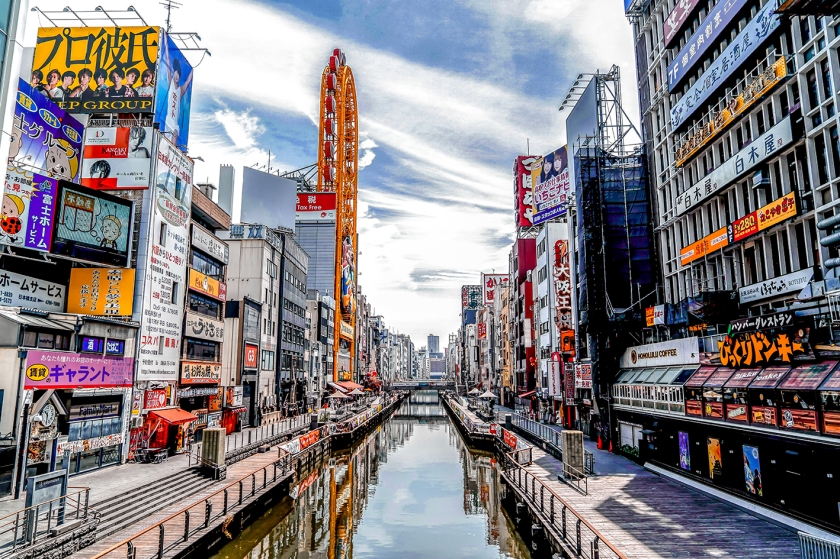
It was the first time for me and my family to travel to Japan. We had consulted with friends who had visited Japan before, and also discussed as a family, regarding which area we should visit first, given our limited time and budget. Almost all unanimously suggested that we try Osaka, Kyoto, and Nara first and then Tokyo on a future trip. So onto Osaka we went. This mini blog will focus primarily on two things: 1) my impression of Osaka and Japan in general and 2) my experience traveling and shooting with the Sony A7lll + Sony 24-70mm f/2.8 GM lens as my main camera.
Osaka is located in the Kansai region and is the 2nd largest metropolitan area in Japan, next to Tokyo. It is a wonderful combination of ultra-modern and traditional Japan, with numerous shrines, temples, and traditional home structures coexisting with sleek modern skyscrapers. Our hotel, the Namba Oriental Hotel, is located right in the heart of the Namba district and just a 3-minute walk from the Namba Station. It was an excellent choice, being so conveniently located right where Namba is, and also quite near Dotonburi, Shinshaibashi, and Amerika-Mura.






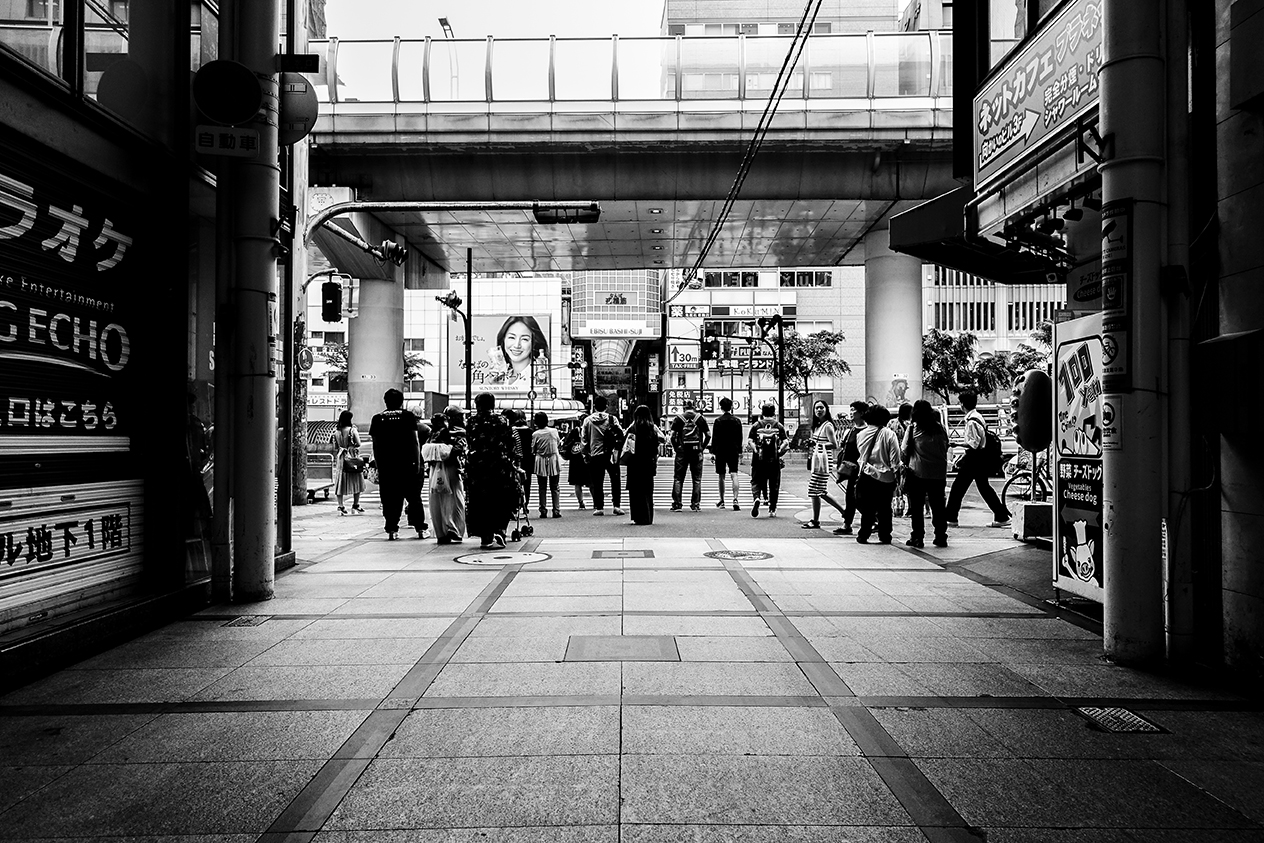
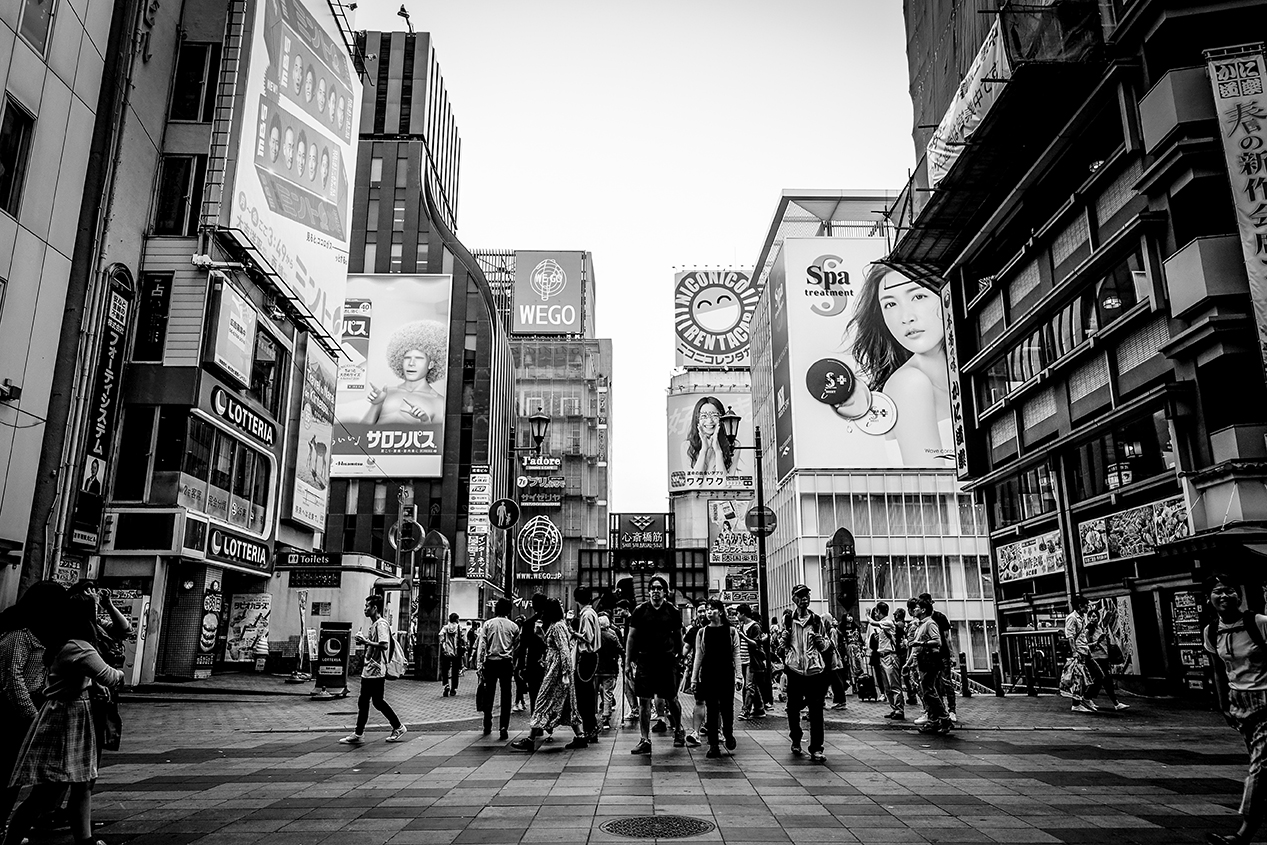
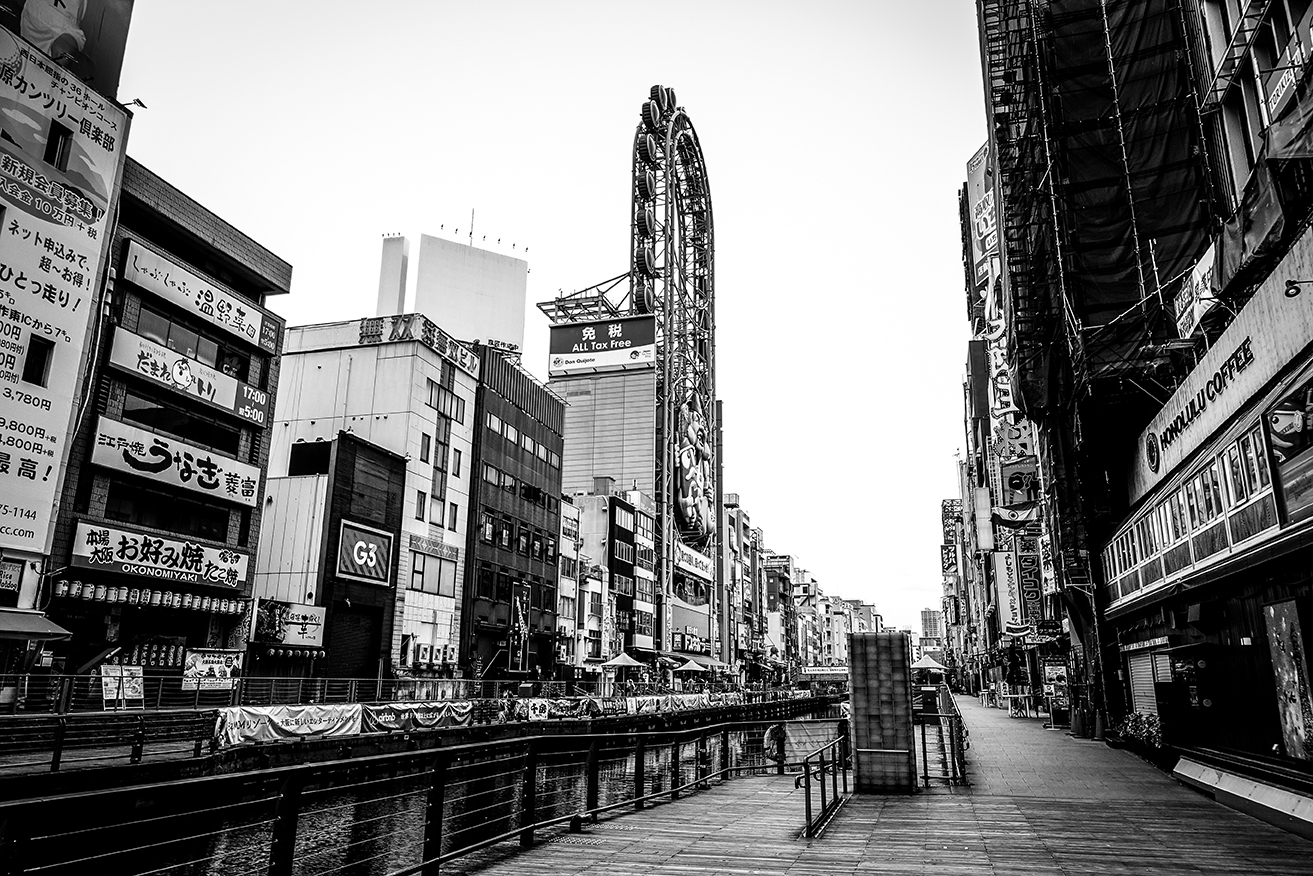


Osaka is quite a refreshing place for me. Despite being the 2ndlargest metropolis in Japan, it still retains a laid-back feel amidst the observable hustle and bustle of a modern urban area. The Namba and Dotonbori area of Osaka is where most of the retail commercial activities and foodie stops can be found. Those who know me also know that I am quite fond of Japanese food, and Osaka did not disappoint. Even the small food stalls and restaurants there can match and surpass the taste/cooking of the big Japanese restaurants here in Manila. You can also find Lawsons, Family Mart, and 7-11 everywhere. We would often buy pre-packed meals at Lawson for our dinner when we were too tired to eat out. We were pleasantly surprised at the quality of these affordable meals. I also love the convenience of the ubiquitous vending machines there. You can find one in every street, making it so easy to buy water, coffee, soda, candies, and snacks.







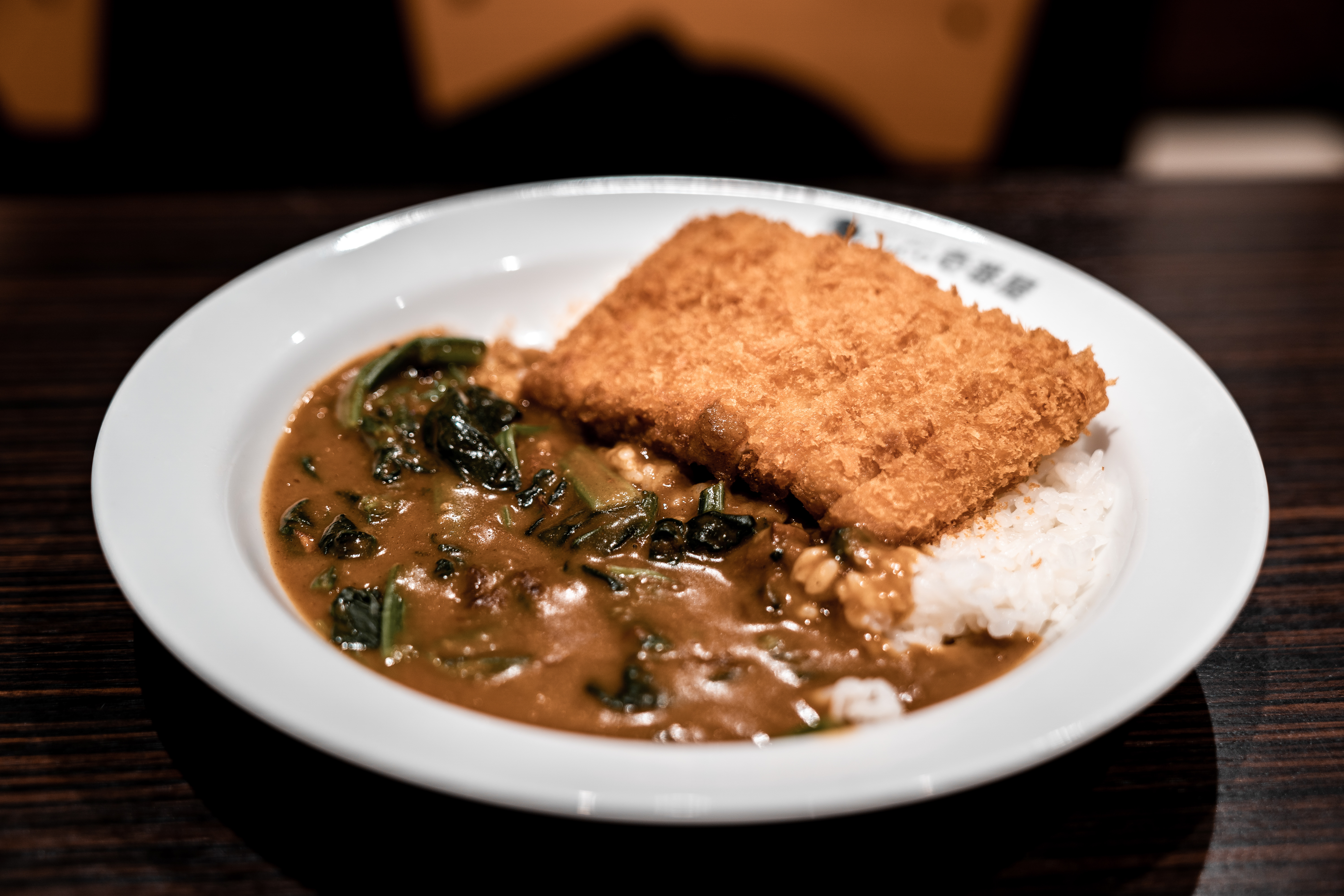
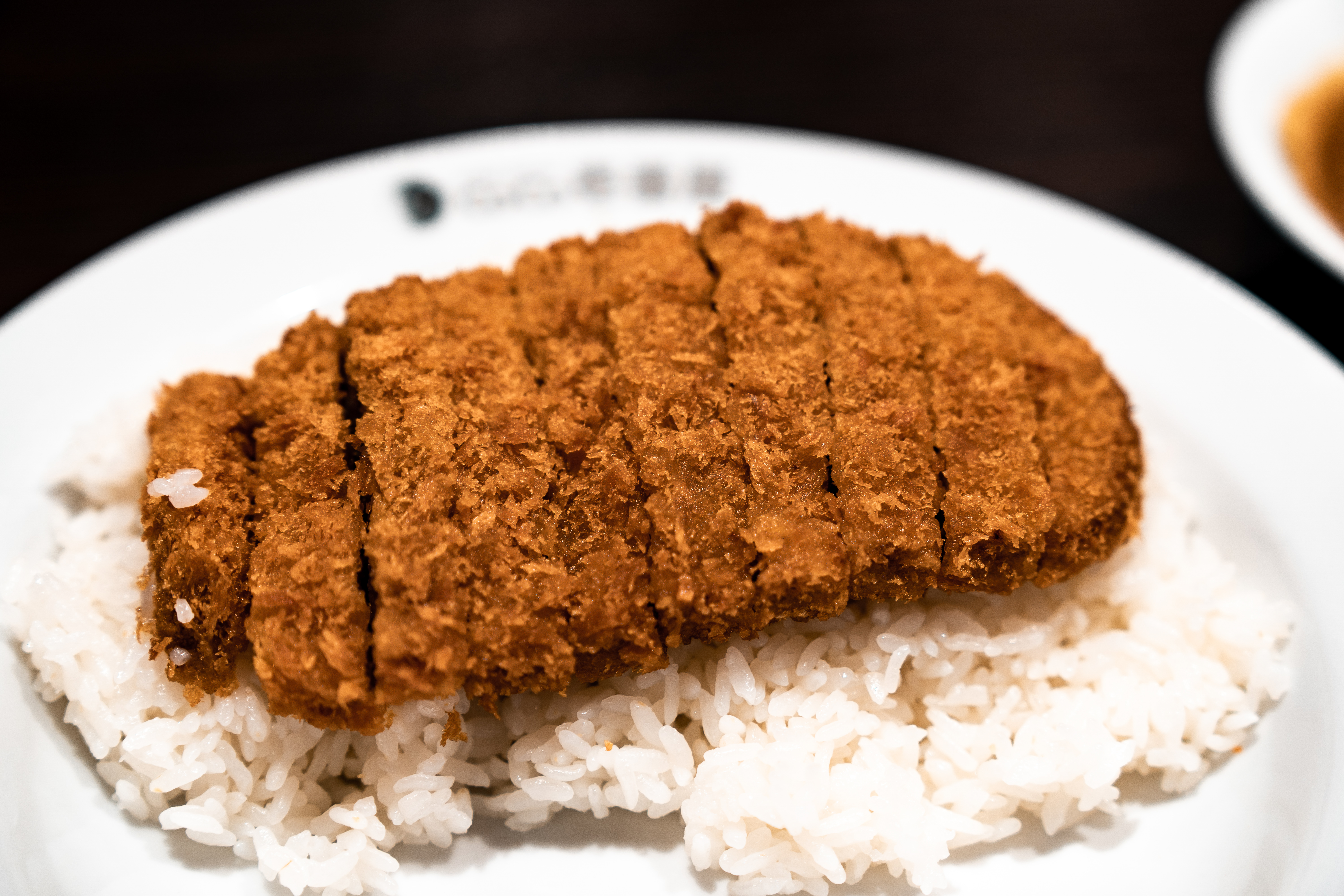




For first time visitors to Japan, like us, moving from one place to the other or trying to communicate with the locals can be a bit daunting, disorienting and intimidating due to the language barrier; much to my surprise, I observed that while many Japanese people do not speak much English, quite a number of them (specially store clerks and railway assistance officers) are fluent in Chinese/Mandarin. It may be due to the sheer volume of Chinese tourists visiting Japan and contributing so much to its retail economy. Google translate was real helpful for us to communicate with the people there and thankfully, the Japanese people are very respectful and helpful. There was one time when we were lost inside the railway station and had to use Google translate to ask the officer there for directions, after reading our inquiry, he went to to type use Google translate in his computer to type and print out the complete instructions and directions for us. Traveling in and around Osaka is quite convenient as everything is either a train, taxi or a bus ride away. But the easiest way to travel from one place to another in Japan is via its superb railway system. It is quite complex with numerous lines using the same stations and tracks but once you get the hang of it, you will find it to be very convenient, efficient and almost always truly on schedule. One moment you are in a neon lit bustling city area and a few short train rides later you are in a lush, tree covered mountain area with serene hiking trails and waterfalls. Even if you buy the wrong tickets for the train, you can easily pay for the fare difference on one of the fare adjustment machines by your exit. For tourists like us, Google map was an invaluable tool, along with a city guide and a metro app for the various districts.
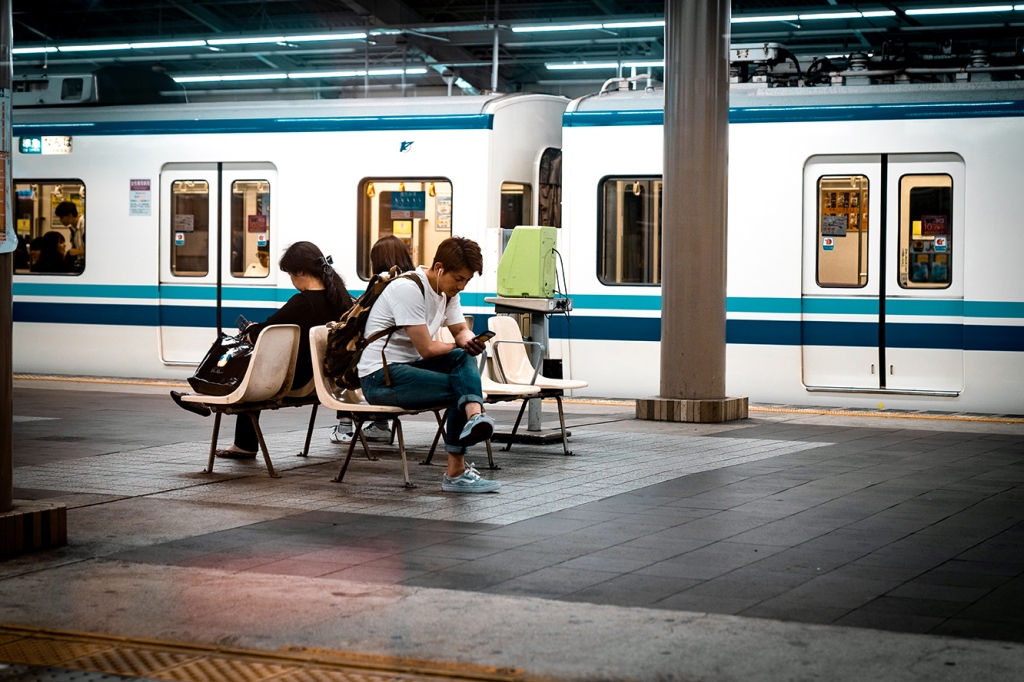
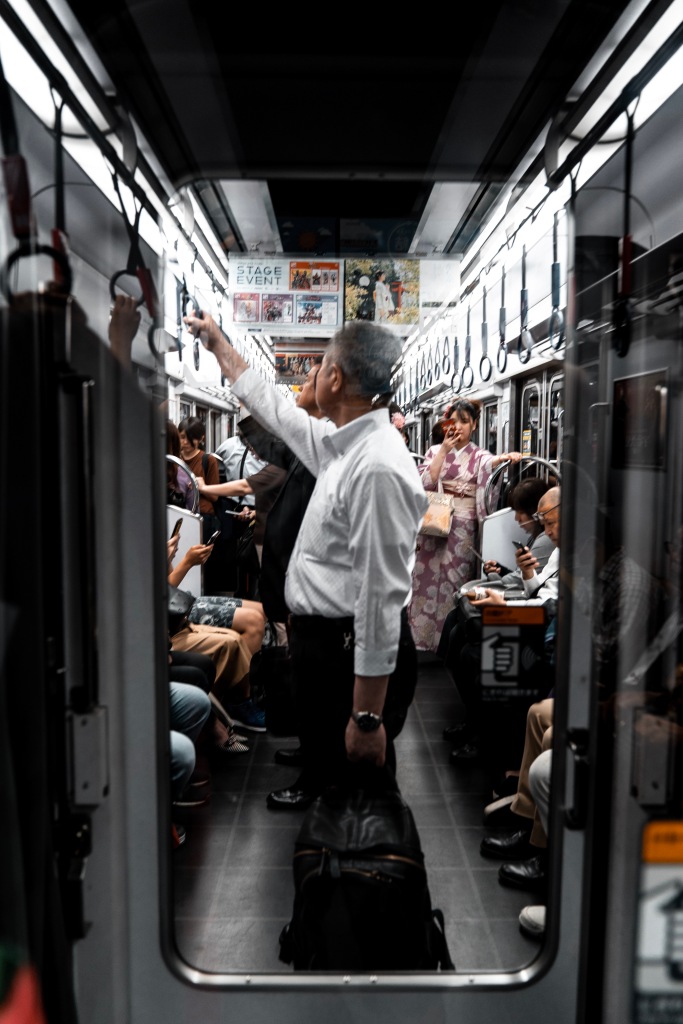
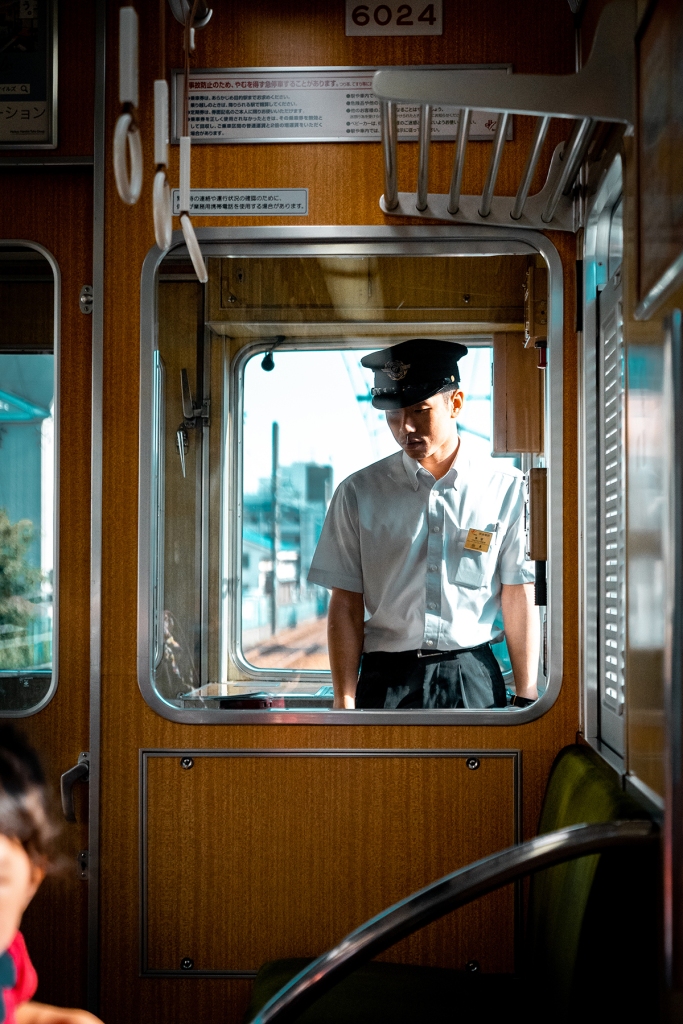






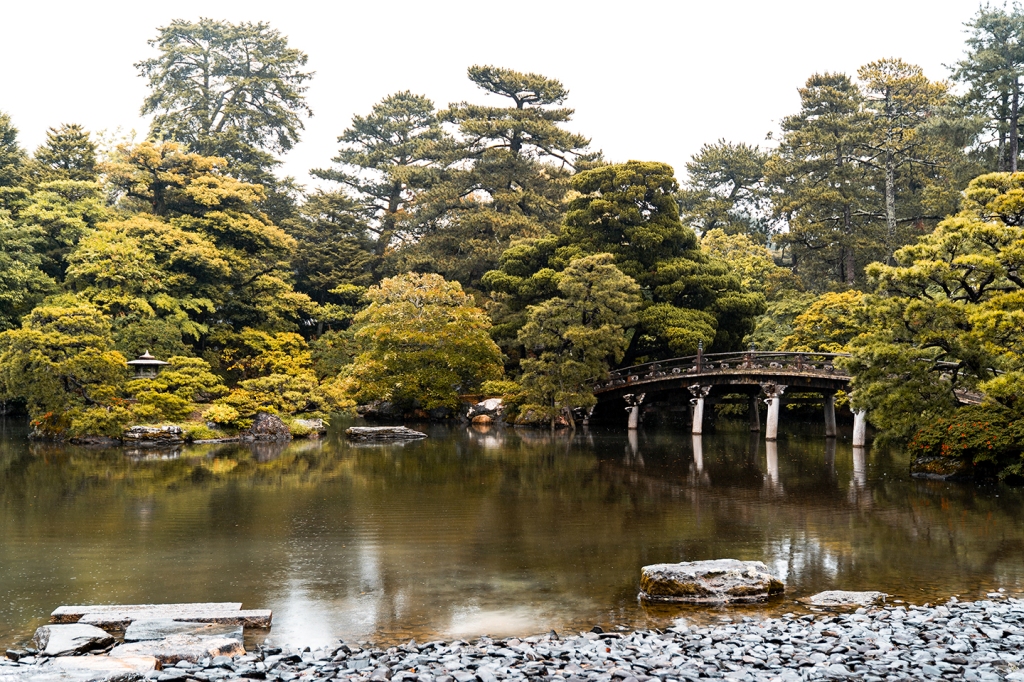







May people say, no matter how nice and beautiful a place is, it may be can only as nice and as beautiful as its people. The Japanese are very respectful, courteous, helpful, efficient and conscientious about how they do their work. They also are very neat. I was initially perplexed about how there were so few trash bins in public yet the streets remained quite clean. I then observed them picking up after themselves. They would carry their empty water bottles, food wrappers, and their own trash in their bags and dispose of them properly when they came upon a trash bin. I also noted their orderliness, from disposing the trash according to the labels on segregated trash bins, to their driving and even their simple crossing of the street. They observe and follow the rules properly. Their citizens are very disciplined and they make it a point to put their best foot forward when they encounter a tourist. They take it upon themselves to make sure that the visitors/tourists are given the best impression of Japan through their interaction. It is no wonder Japan is such a progressive and developed country with a deep sense of national pride.
Overall, I would rate my visit to Osaka, Kyoto and Nara with two thumbs up. It’s rare that I visit a place and start missing the place even while I was still in the airport awaiting my flight home. I deliberately waited 2 weeks to write this so that I could have time to process everything. And guess what? I still miss Osaka very much. It has definitely won my heart and God-willing, I’ll have the opportunity to go back and visit again in the future.
– – – – – – – –
Now onto the 2ndpart of this blog. For those who regularly follow my blog, you probably know that I always prefer to travel light, instead of bringing along my big cameras. My favorite set up is my trusty old Fuji X100F, old Sony RX100M4, and Sirui T-025x travel tripod combination for my photographic needs. But for this trip, I asked around and, upon the advice and recommendation of my friends who had been there, I decided to bring my Sony A7lll, the Sony 24-70mm f/2.8 GM lens and the Sony RX100M4 as my back up camera for this trip. I also brought along my Sirui travel tripod, my DJI Lacie Copilot 1TB hard drive (for photo storage), and my 11” iPad Pro with me as my initial editing platform. I packed everything into my Peak Design 20L Everyday Backpack. This was not really a super heavy setup by any means, but if you walk and hike around for almost 8 hours plus each day for a week with this, your neck, shoulder, and back are going to be sore regardless of how much you work out. I know mine were, so much so that, on the 4thday, I decided to walk Namba with just the Sony RX100M4 for half a day, before schlepping along the whole rig for the afternoon and evening.
Compared to my old Nikon D810 and Nikon 24-70mm f/2.8 setup, the Sony A7lll and Sony 24-70mm GM lens is a bit smaller and lighter but not by that much. It was the travel baptism of fire for the Sony setup. I have used it for a while now – ever since I bought it last year – and had shot numerous events and situations with it, so I have an idea on how it performs; but I wanted to see how it was for travel – how versatile or suited it would be for shoot urban sceneries, landscape, street, etc. in a travel setting. I am happy to announce that this set up is probably as close to the perfect travel setup for me for its sheer versatility and its consistent image quality in various situations.
On the 2nd day of our trip, we hired a Filipino expat, who had lived in Japan for the past 32 years, to tour us around Kyoto and Nara. It was probably the worse day for us in the tour as it rained hard non-stop the whole day. When I say it rained hard, I meant it RAINED HARD. The heavy rain soaked my shoes and pants despite me carrying around an umbrella. This also meant that the Sony set up was soaked. I tried as much as I could to keep it dry but after being out in the pouring rain for a while it was dripping water like it was having a shower. The Sony A7lll is not water proof, although it did say that it had numerous rubber gaskets and seals to make it more dust and weather resistant. Yet, despite it being dripping wet, it performed flawlessly! I just wiped off the water with my hand towel every time we went back to the car and it was be ready to shoot again, as if nothing had happened to it. I shot in RAW for the whole trip and didn’t bring along any filters with me. That meant many of my shots would have over blown skies or underexposed shadows because it the weather would either be super sunny, dark and overcast, or raining during our trip. Despite this, the RAW files of the A7lll gave me enough dynamic range to recover details from my shots.
The Sony 24-70mm f/2.8 GM allowed me to shoot wide or to zoom in when needed and the constant f/2.8 aperture allowed me to shoot with ease at night or in low light situations. The lens gave great color rendition and contrast. There were many occasions where I wished I had brought something wider than the 24mm lens with me because I wanted to capture certain scenes with a wider POV. More and more, I have been discovering that I prefer a wider lens than a longer zoom. I wish I could afford the Sony 16-35mm f/2.8 GM lens. I am quite sure that I would have fun shooting with it.
The only issue I had with this set up is how mirrorless cameras were supposed to bring about smaller bodies with lighter, smaller and shorter lenses. [But after seeing the current and upcoming lenses for FF mirrorless cameras, there seems to be no size advantage for mirrorless lenses. In fact, I am wondering why the Sony 50mm f/1.4 ZA lens is 2.5x longer and bigger than the Nikon 50mm f/1.4G that I had when I was still using the Nikon system. Sure, they can argue that they are using a larger diameter glass in front, but is it really necessary? But this is a subject best discussed on a different blog.] The main thing to note is that I am glad I did travel with the Sony setup. The variety of situations on this trip meant that this was the correct set up to use. If I was merely shooting the metropolis or the urban areas, I am sure the Fuji X100F would have held its own against the Sony setup. But, given that there were so many situations where I needed to shoot at 24mm and others where I wished I had a wider lens, I might not have gotten the optimal shots I wanted with the Fuji X100F, even if I had brought along the 28mm wide converter lens.
So what is my verdict for the Sony A7lll and the Sony 24-70mm f/2.8 GM lens combination for travel photography? It’s fast and versatile, and it allowed me to get the shots that I wanted with ease. The RAW files from the Sony A7lll are really good and the 24-70mm f/2.8mm lens is truly the MUST HAVE lens (for any system), as it covers a wide focal range that allowed me to shoot in almost any situation during my travel. The f/2.8 aperture meant that I was also able to shoot in almost any light condition that I encountered during my trip. My minor gripe is how, while this set up is relatively light and small, it’s still heavy and big enough that slinging it across my shoulder for a full day meant that my neck and shoulders definitely felt sore by the end of the day. I wish the set up could be a bit smaller and lighter still.
I also used the Peak design Sling strap on my camera [I sound like a Peak design fanboy here as I have many of their bags and straps, but I really love how their products are so sensibly designed and well made.]. While I love the strap design itself, I wish it had a bit more padding because, after a while, the strap was digging into my neck/shoulder area unlike my old Optech wide neoprene strap, which is still by far the most comfortable strap I’ve ever used. I am going to give the Sony setup 4.5 stars out of 5 stars because no camera is perfect. Sony really hit a home run with the Sony A7lll. J
I took and kept close to 400 shots over the course of the trip, but I won’t bore you guys with all the shots. Instead I will just present 60 shots which I feel most emotional attachment to. The black and white shots of Osaka were taken with the SonyRX100M4. Please take the time to go through each photo. I would also love to hear from you, so please do comment to help me improve. Lastly, I would deeply appreciate it you can help promote my blog by sharing it on your social media. Thanks so much and God bless.











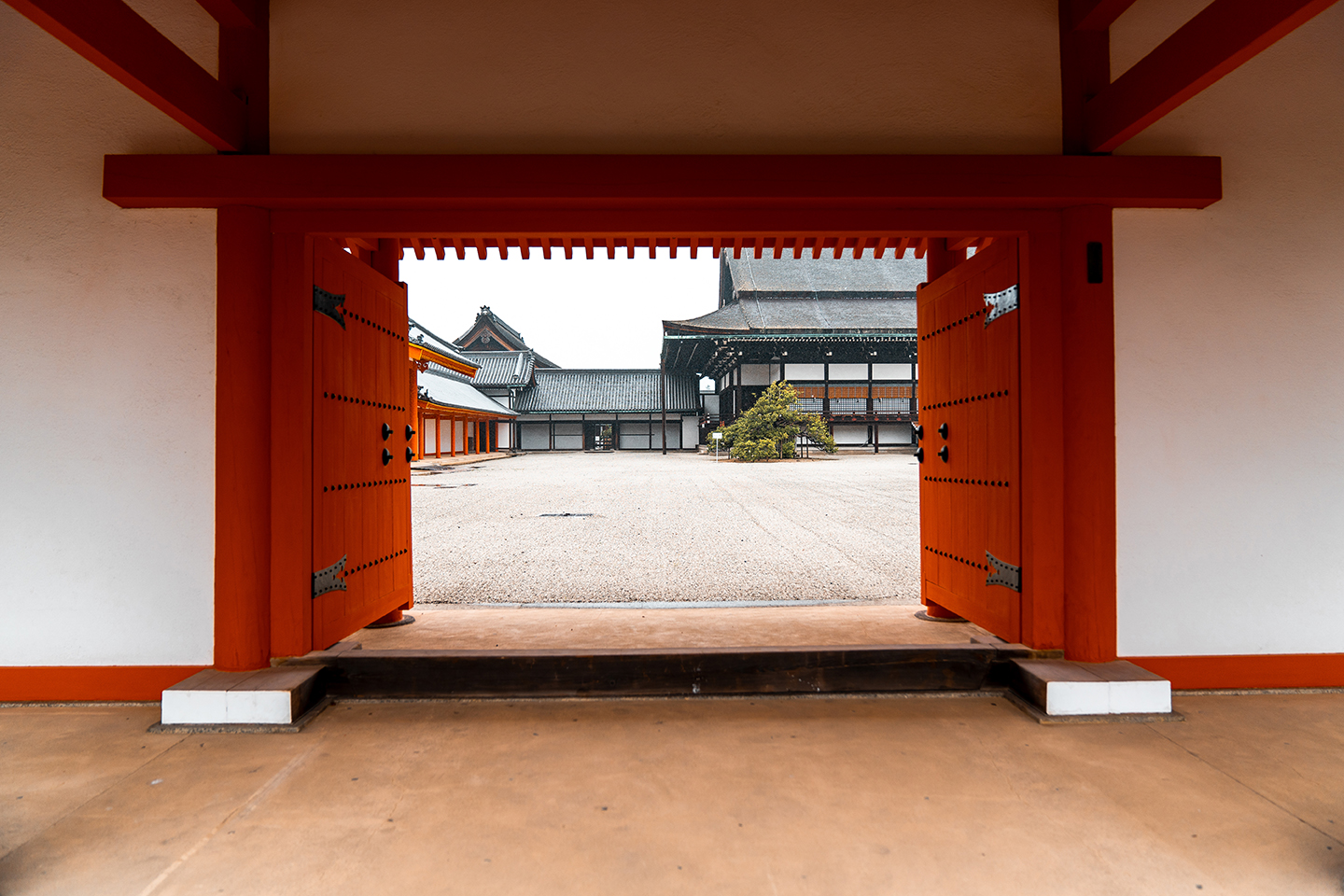
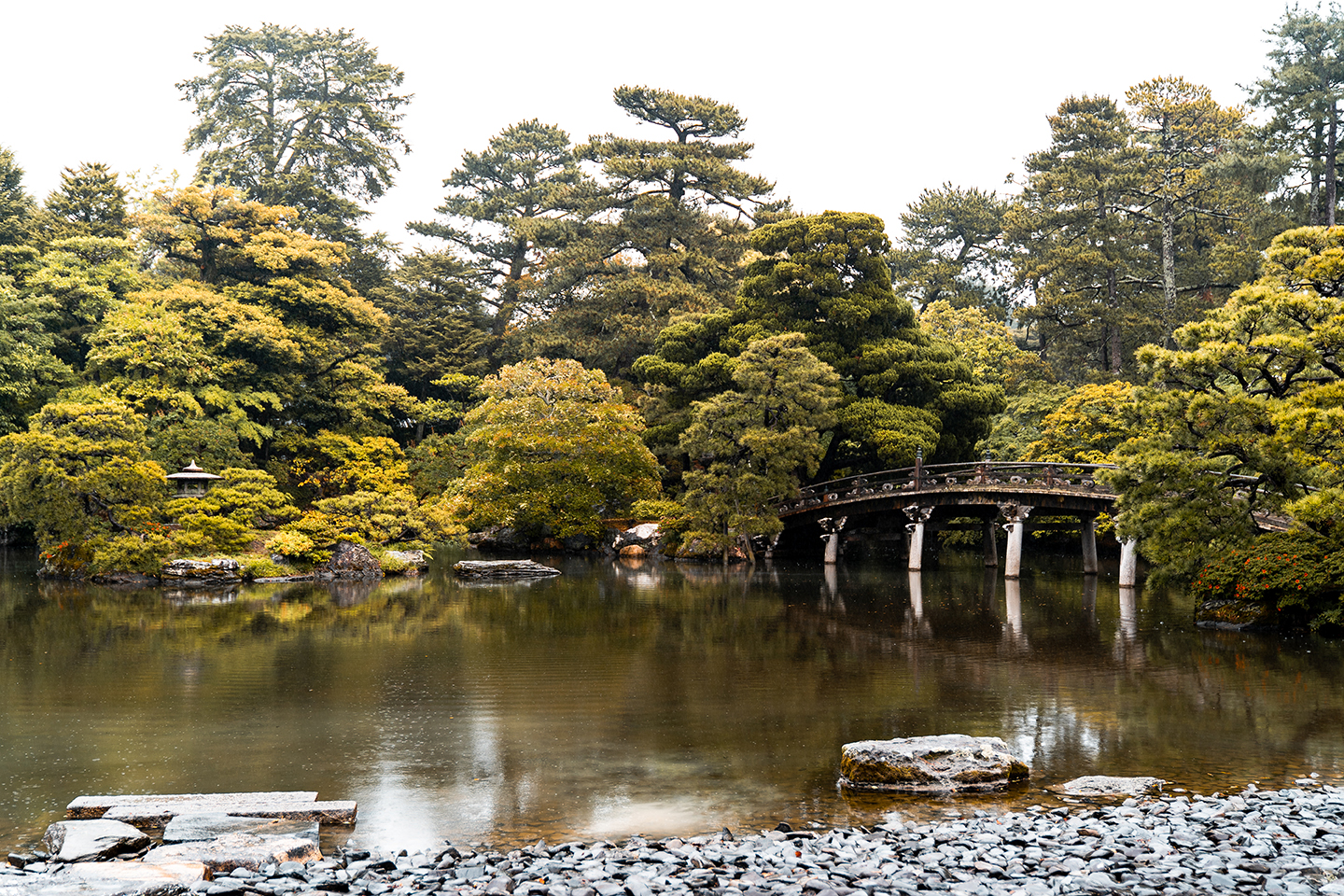


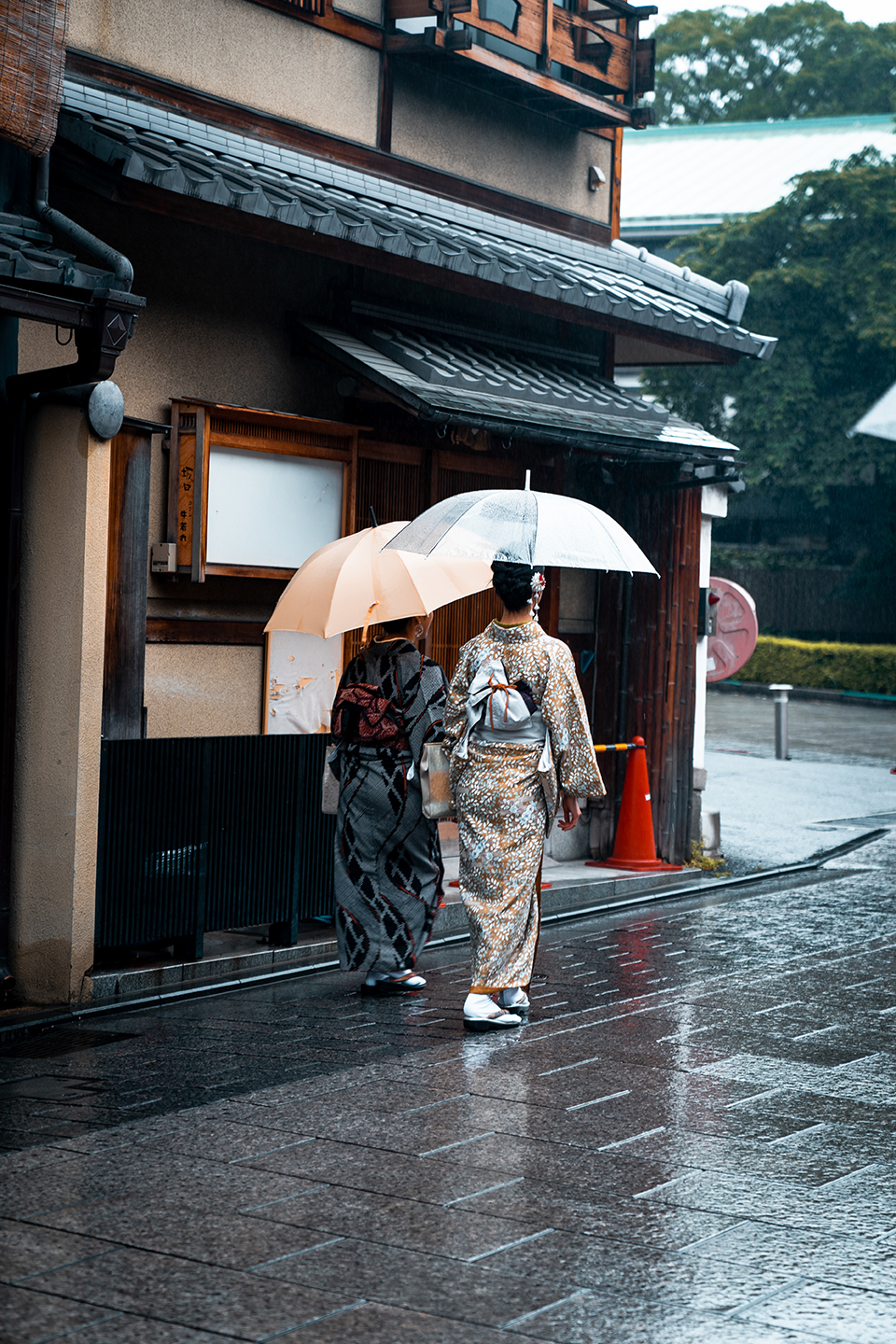


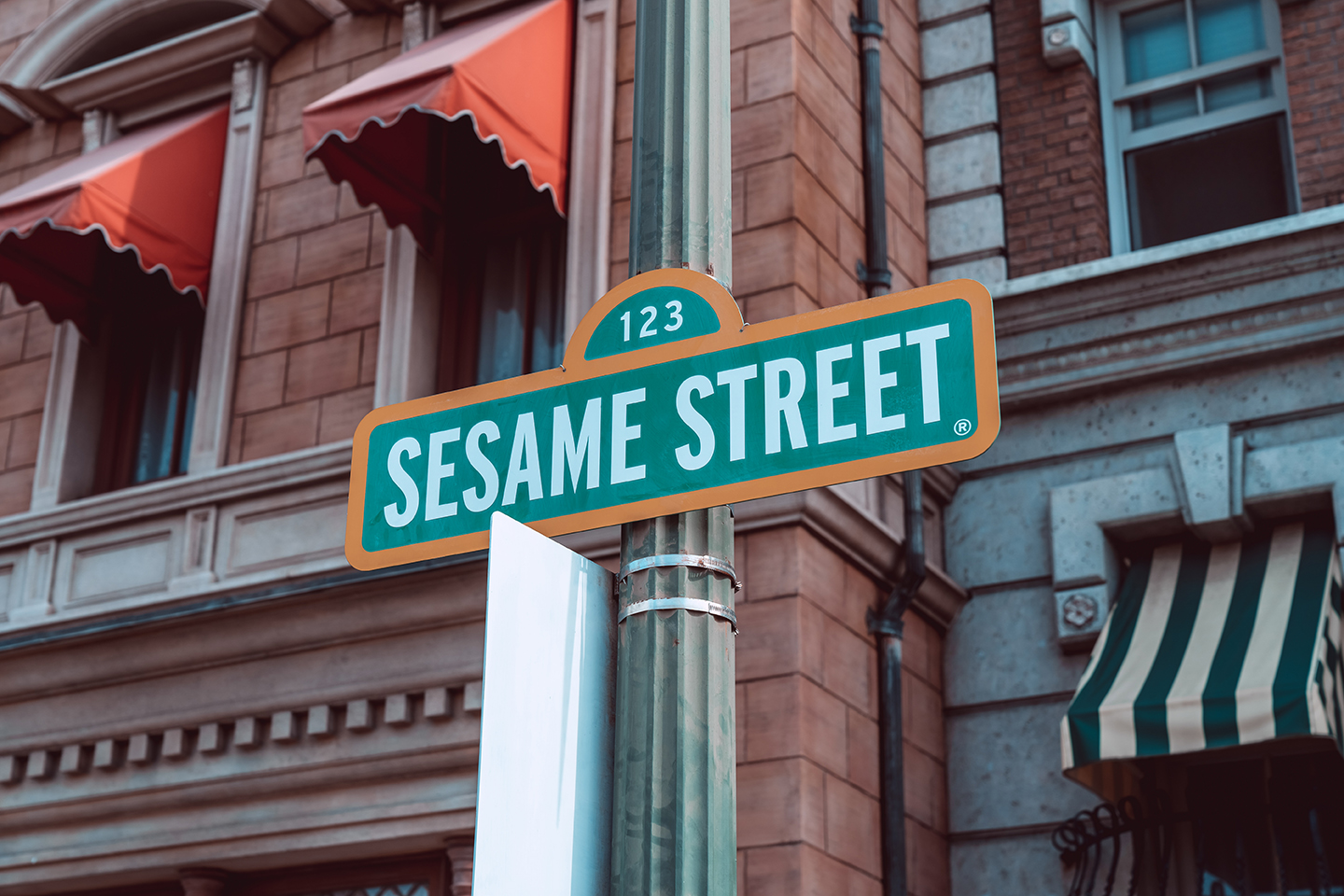



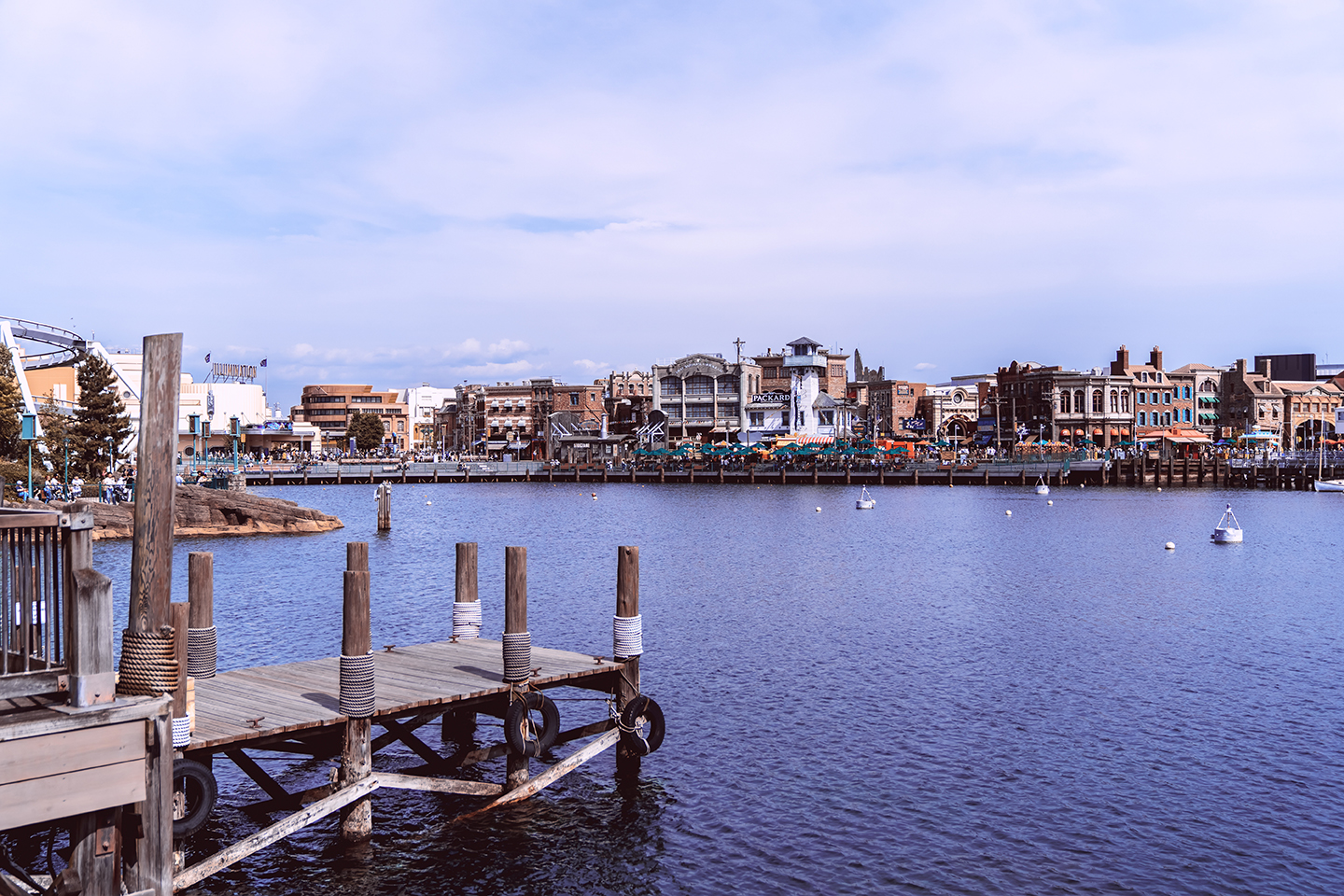















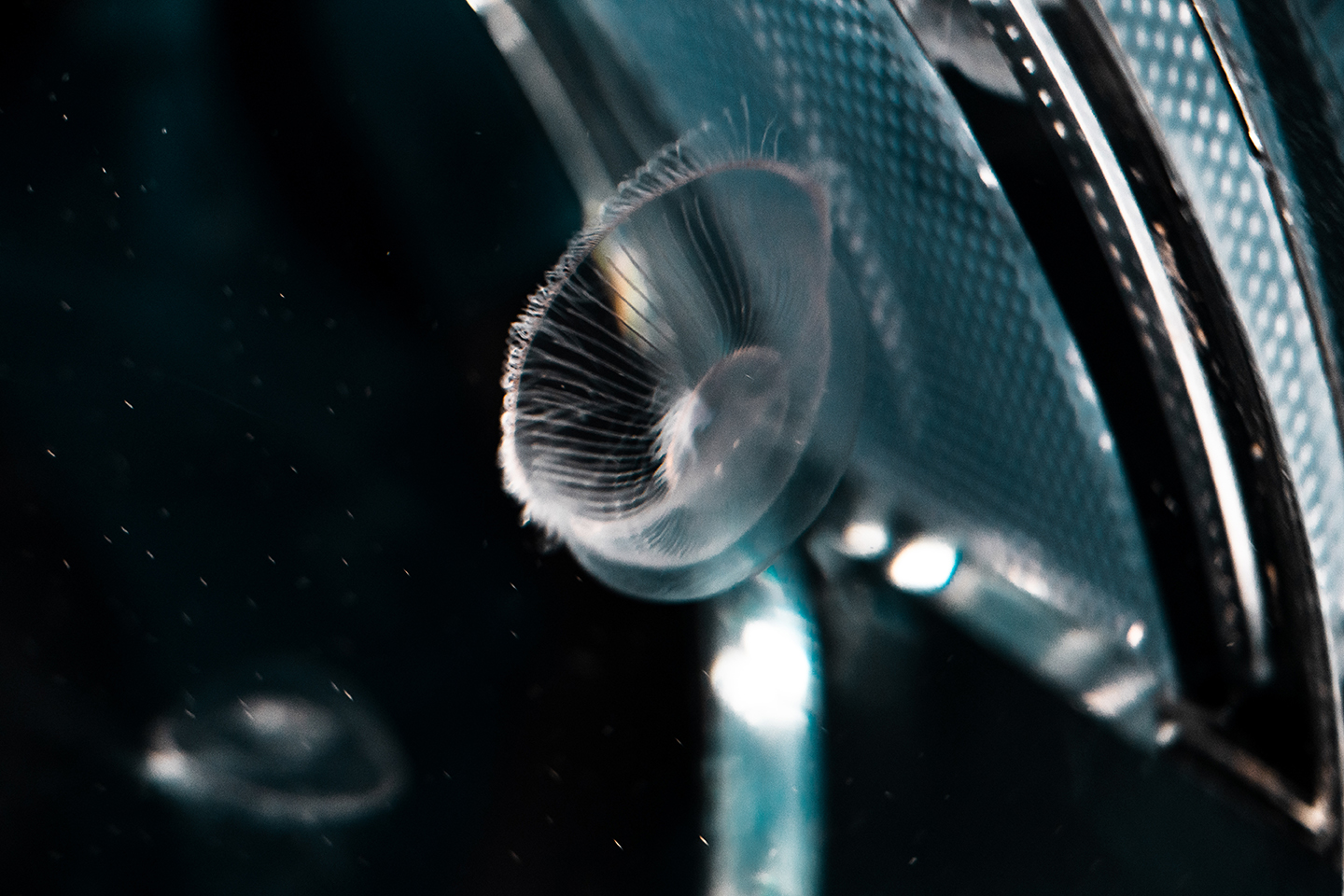

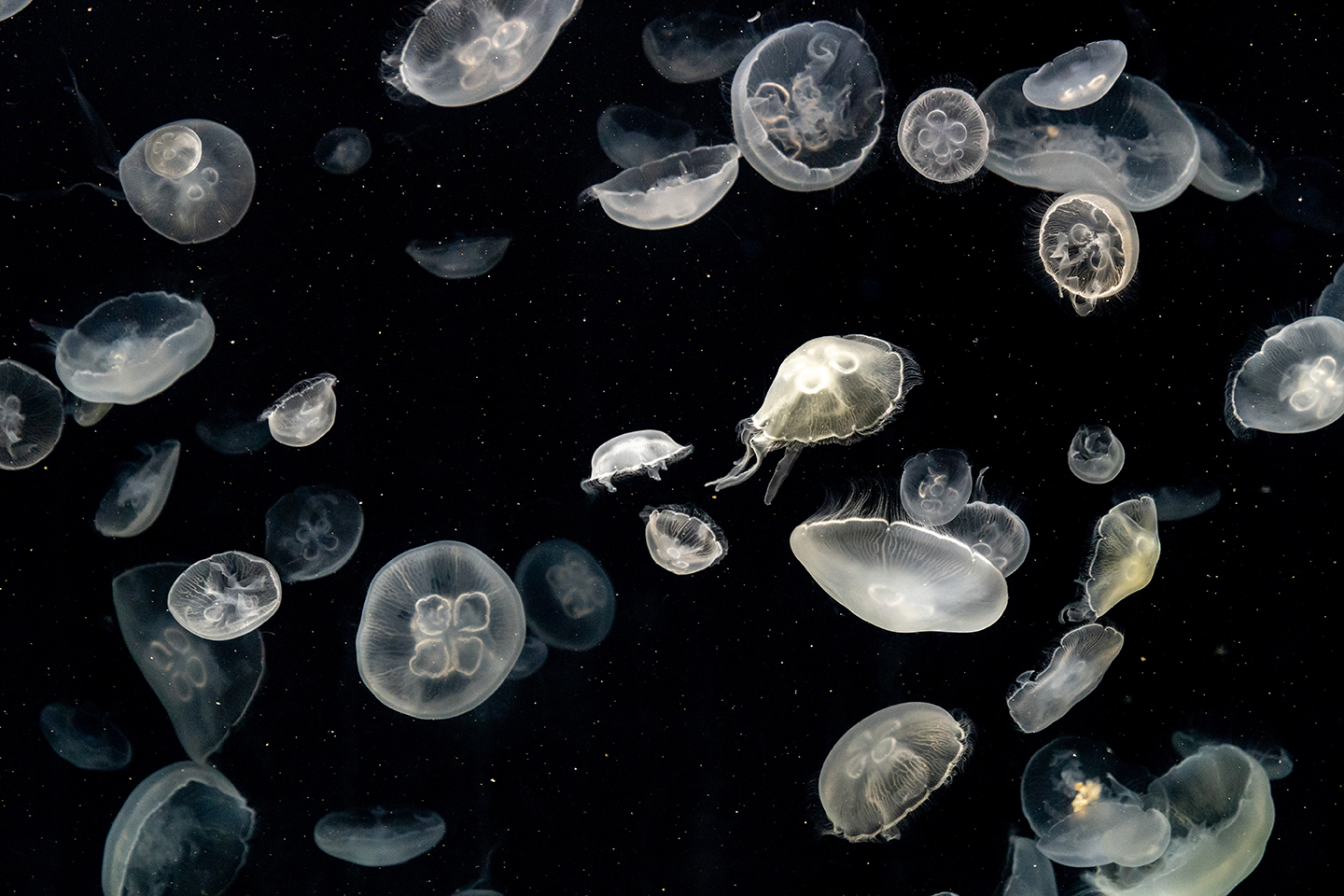





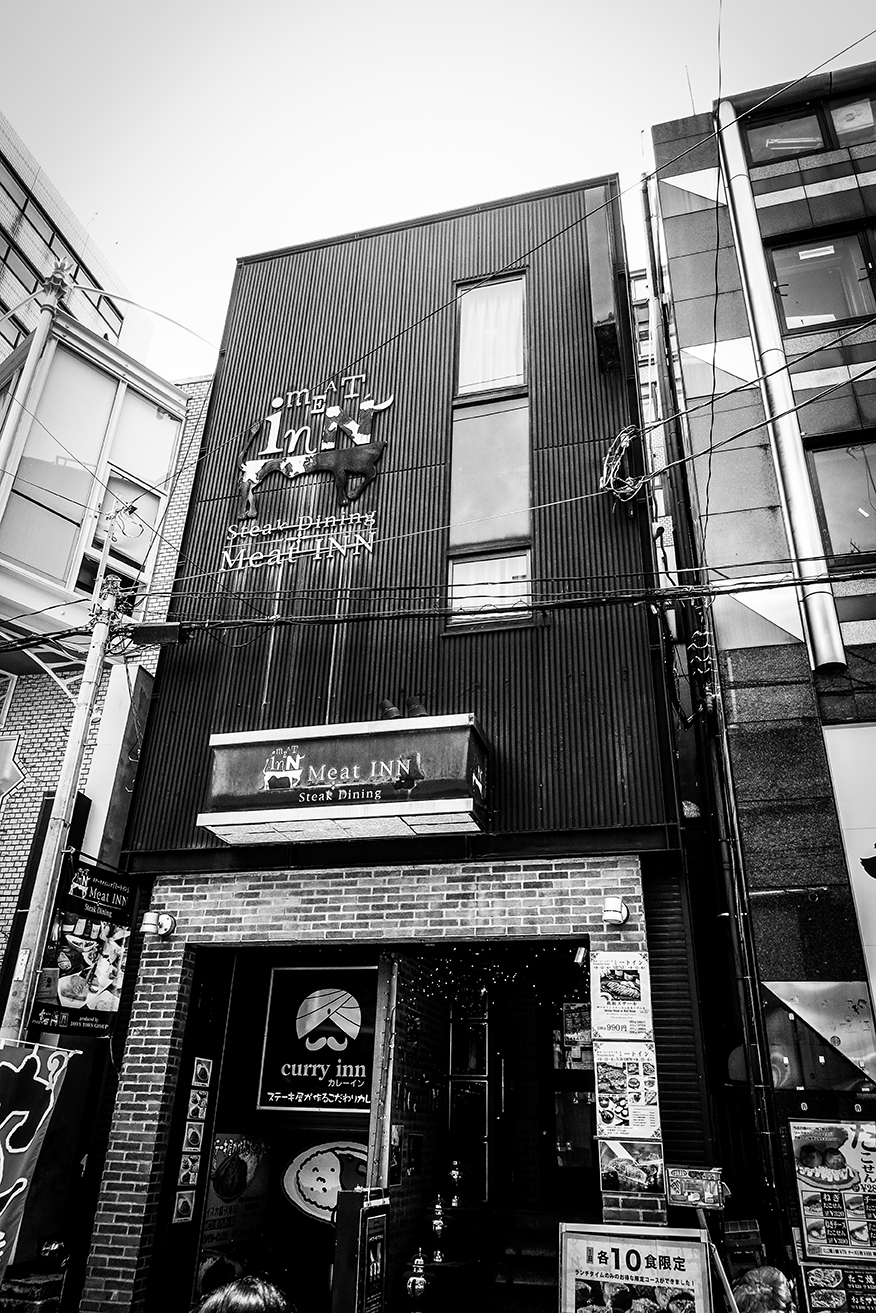



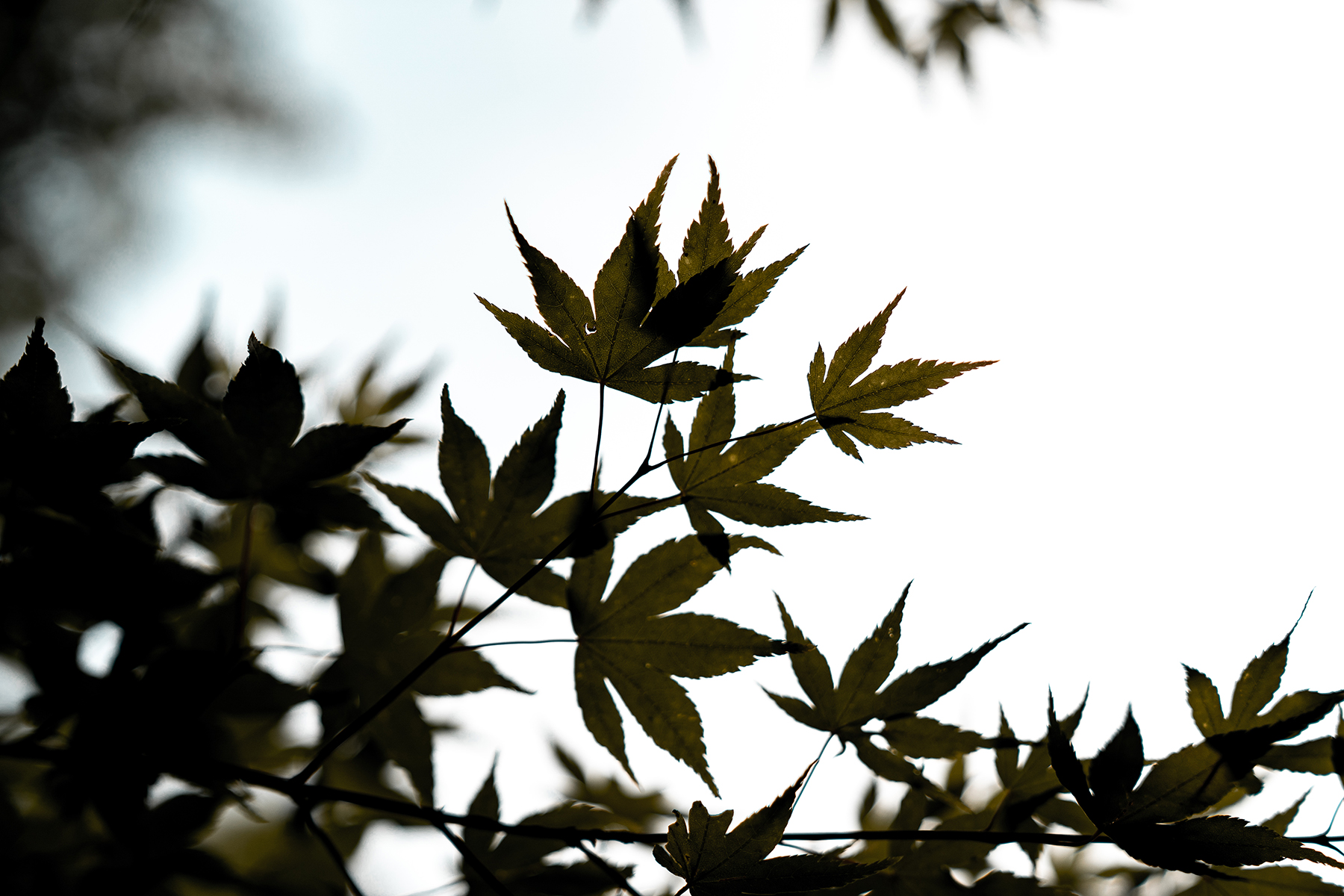
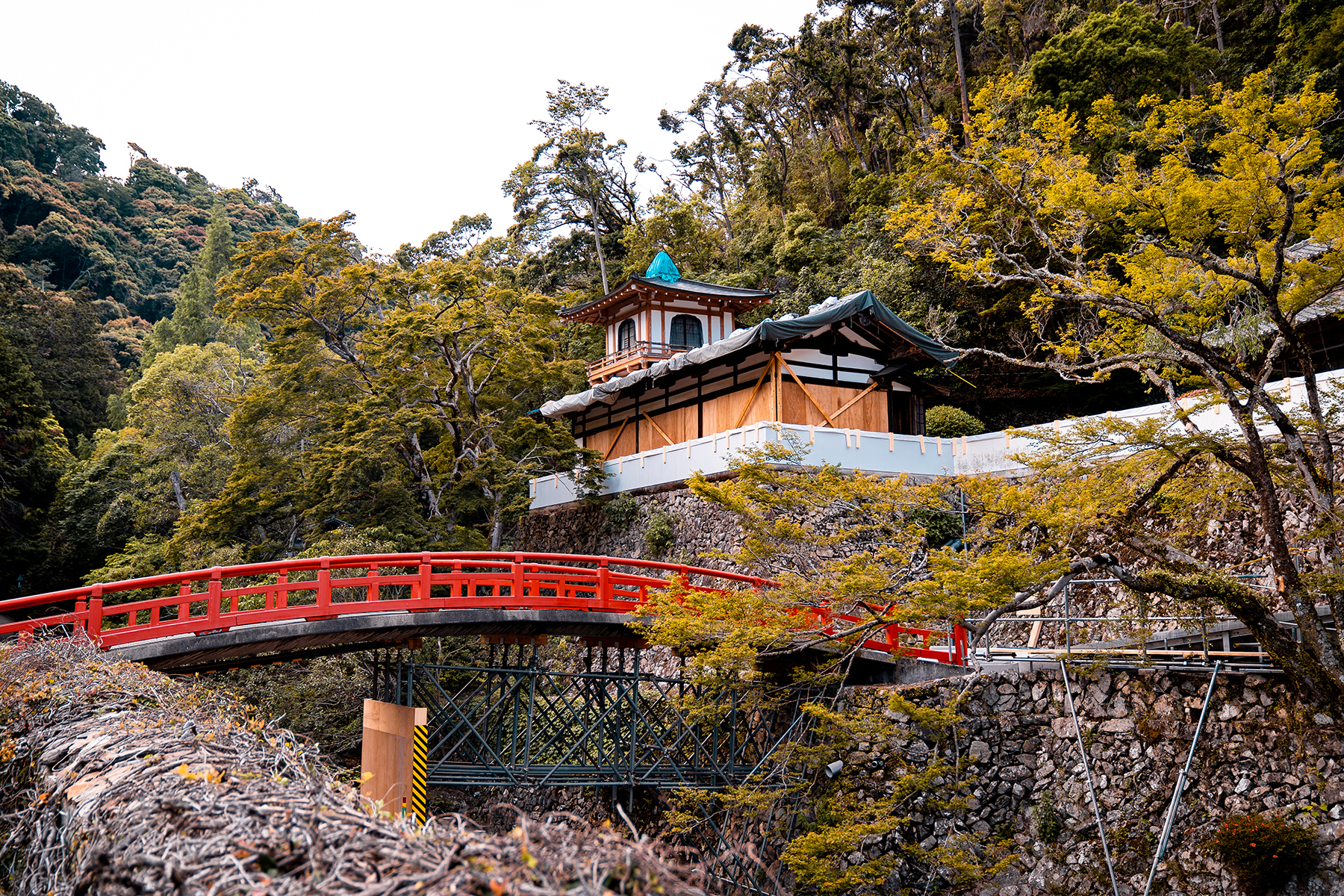
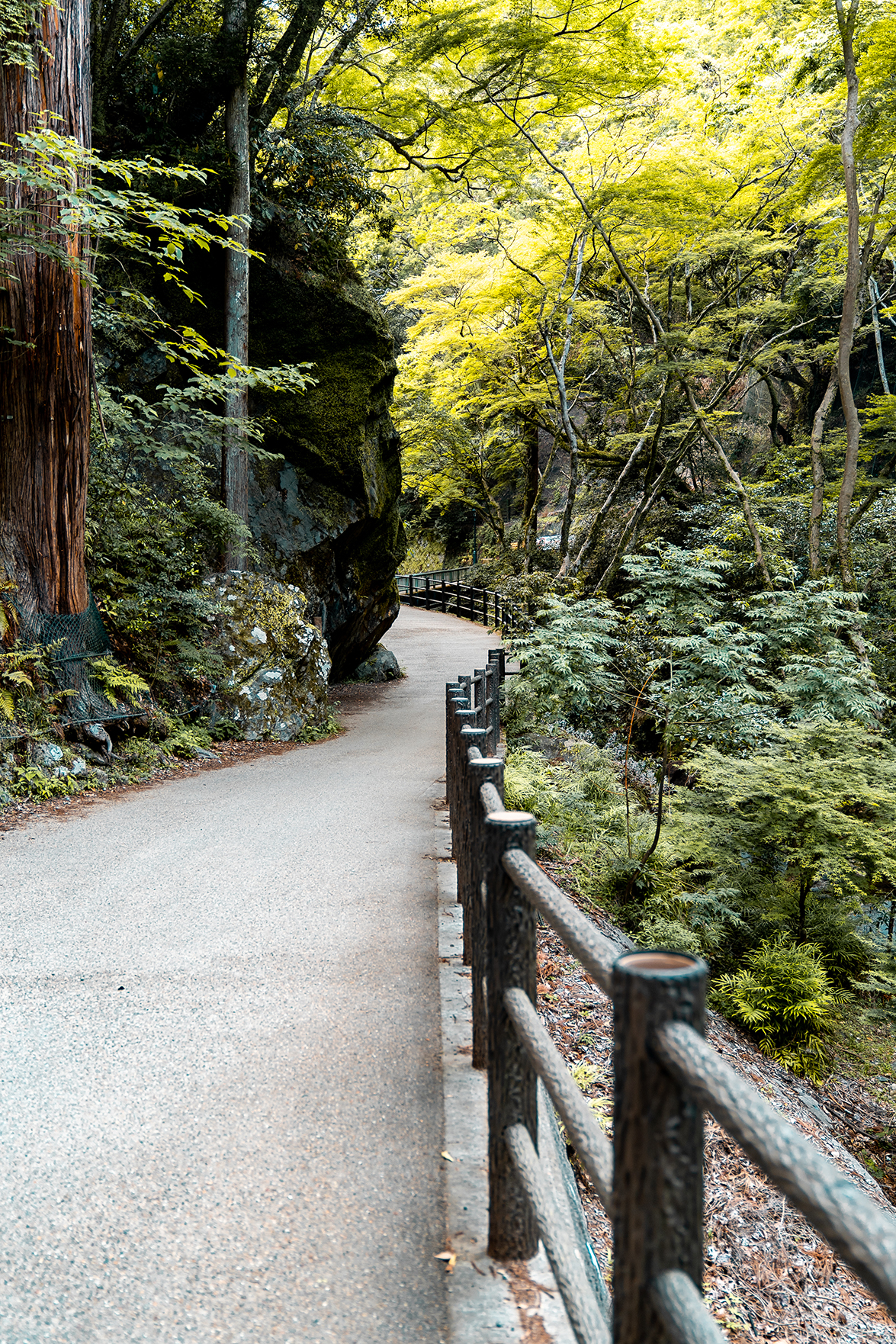
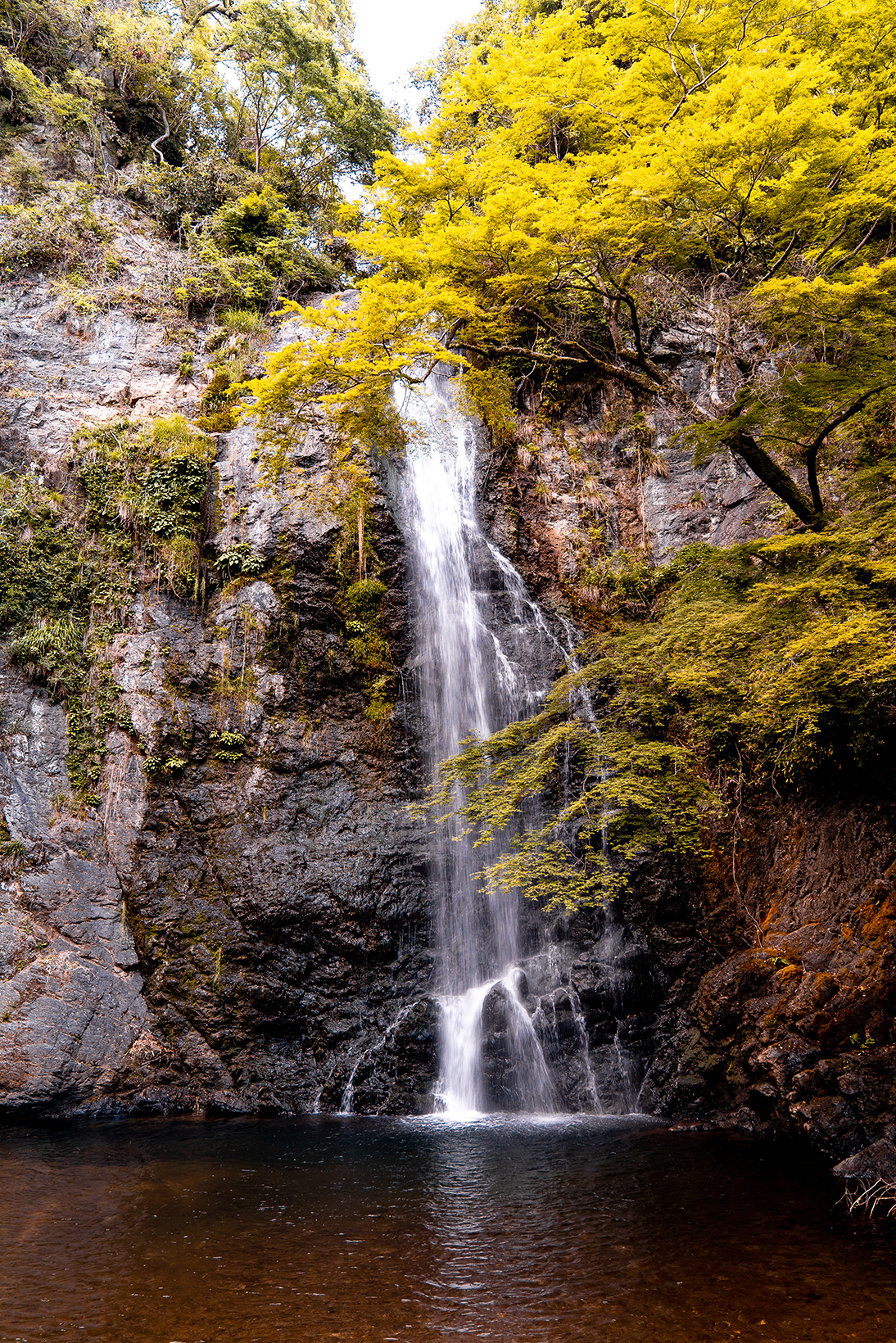

PS: These shots were curated by my daughter Joy and this blog was edited by my eldest daughter Jill
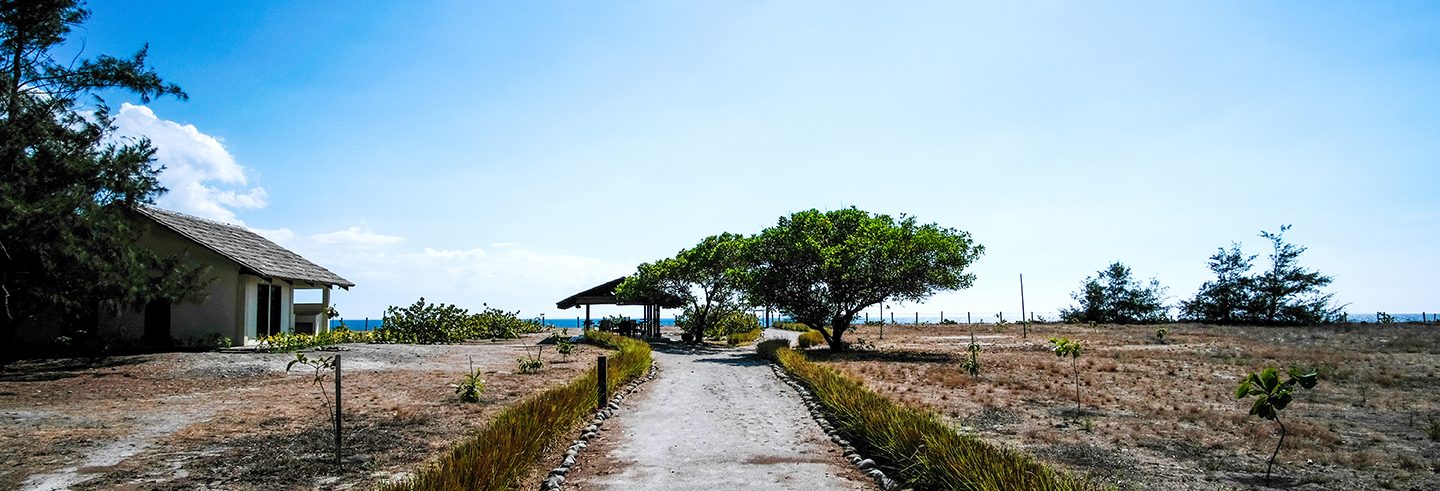
Great post 🙂
LikeLiked by 1 person
Thanks so much
LikeLike
Enjoyed your Osaka 2019 Travel log. Beautifully written and awesome shots of Osaka, Kyoto, Namba, etc.
LikeLiked by 1 person
Thanks 😊
LikeLike
Very nice photos
LikeLike
Appreciate it 😊
LikeLike
Great shots. Congrats on your blog site. Keep it up, Bro 🙂
LikeLike
Thanks bro
LikeLike
Tix Thanks for sharing this blog, I’m not aware of it 😊
I enjoyed reading the Japan trip, it brings me back to Japan. And I can’t wait to get the chance to visit it again. Thank you for sharing esp the beautiful pbotos😊
LikeLike
Thank you so much 😊
LikeLike
I’ve already booked a trip to Osaka for November but this makes me so much more excited to go.
LikeLike
Thnk you, Hope you’ll have a mist wonderful time visiting Osaka 😊
LikeLiked by 1 person
Thank you! I will 🙂
LikeLiked by 1 person
Pardon the typos in my response. Clumsy fingers typing on a mobile 😊
LikeLike
Amazing pics sir
LikeLike
Salamat sir!! 🙂
LikeLike